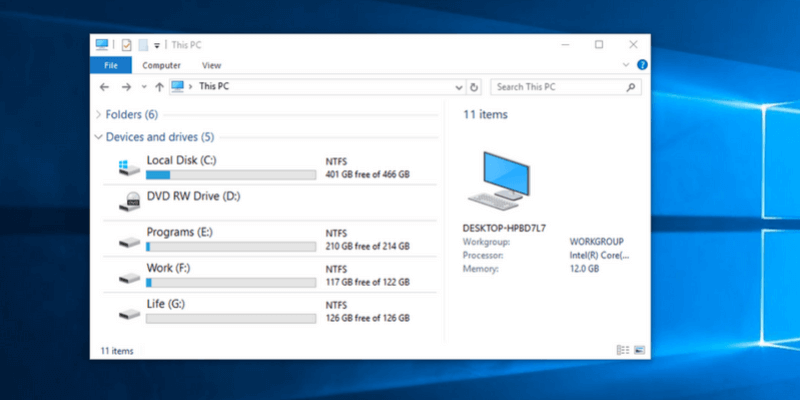
Some musicians find it easier to get the best recordings by sending their signals through a mixing desk EQ and then adding analogue effects such as compression and reverb, which can be easily patched into the desk using its dedicated insert and send sockets. While mixing desks very rarely have suitable high-impedance instrument inputs, many audio interfaces do provide dedicated 'instrument' inputs with a high impedance, often making them the cheapest and most convenient option for guitars.Īnother big divide occurs in the effects department.

You can either use one on a guitar amp and mic up the amp, use a suitable DI (Direct Injection) box to raise the input impedance and then plug its output into a mixer or interface mic input, or use a specialist guitar preamp, such as a Line 6 Pod or Behringer V-Amp, that you plug into any line-level input on a mixing desk or interface. Another attractive alternative for many musicians is to buy a few high-quality rackmount mic preamps for the particular sound they offer, and plug these direct into audio interface line-level inputs rather than patching them through a mixing desk.Įlectric instruments with passive circuitry are best plugged into a high-impedance input to avoid high-frequency loss. So plugging your microphones directly into the interface mic inputs may well result in a higher-quality recording. SOS contributor Martin Walker replies: Both approaches do work, but which one you choose largely depends on the quality and features of both your audio interface and mixer and what other gear you have, as well as on how you prefer to work.įor recording mic signals, audio interfaces in the medium to higher price brackets (and by this I mean several hundred pounds upwards) often feature mic and instrument preamps that sound better than the ones you find on typical small mixing desks. If your interface is mid-priced and upwards, such as this Presonus Firestudio, you'll probably find its mic preamps are better than those on the average mixer, so you'll be better off plugging your mics directly into the interface preamps rather than the mixer preamps.

The best way to connect up your mixer and audio interface may depend on factors such as relative quality of mic preamps. Should I connect instruments and mics to mixer inputs and connect mixer outputs to audio interface inputs, or alternatively connect instruments and mics to audio interface inputs, connect audio interface outputs to mixer inputs, and connect mixer outputs back to audio interface inputs? I think both work, but is one 'better' than the other, and if it is, why? This is a basic gear connection question.


 0 kommentar(er)
0 kommentar(er)
